Today my friend Rene asked me “how would I paint this photo”. Because she is such a good friend I wanted to send her more than a quick explanation so I decided to make a blog post and create a step by step tutorial for her and for you.
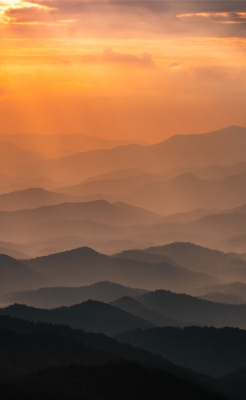
Photo by Triston Dunn on Unsplash
The first step was to pencil in the sun and the top mountain edge. Then I wet the entire top section except the sun shape. I used a combination of colors. Quinn Gold, Transparent Org, Cad Yellow & Pyrrol Red. I painted the area with these colors making sure to negative painted around the sun.
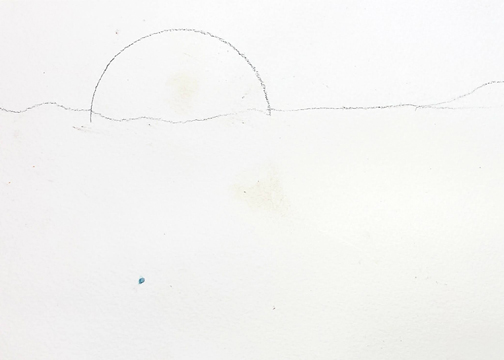
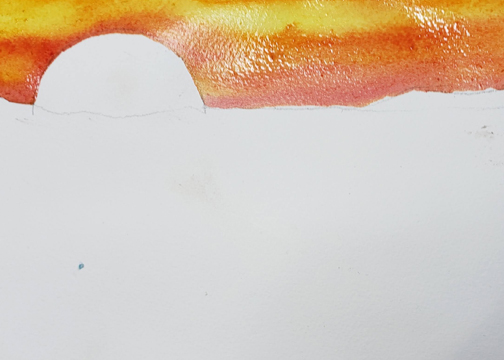
I mixed a light value of a purple color and when the paper was completely dry I painted from the top of the mountains to the bottom of the paper.
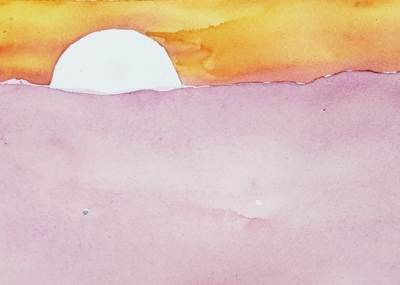
When the paper was completely dry I added more paint to the puddle on my palette to create a slightly darker value. Below the previous mountain line I painted a new layer of mountains. I continued layering each mountain range and darkening the value of the paint for each layer. Vary the shape of each mountain ridge to create interest. Make sure you bring the new layer to the bottom edge of the paper.
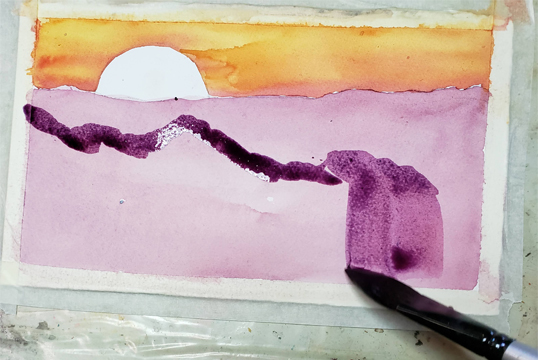
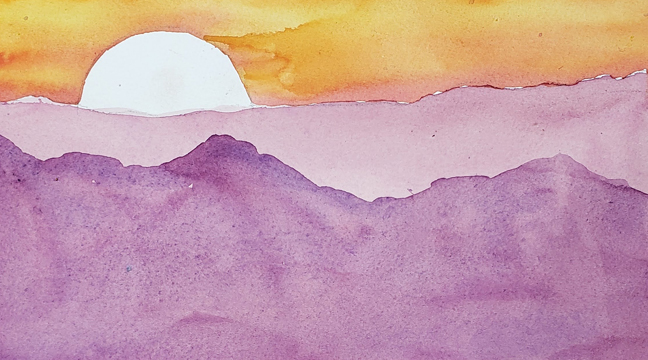
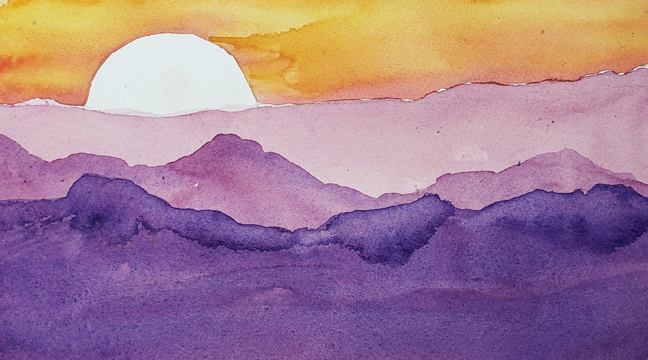
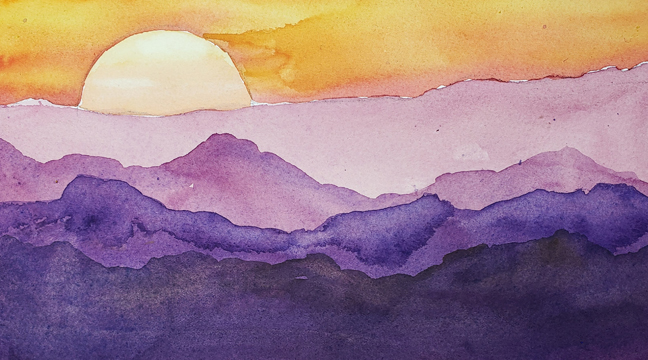
Add a transparent wash over the sun using a very diluted mix of the sky colors
Finish by painting the last/bottom mountains in the foreground using the darkest value.
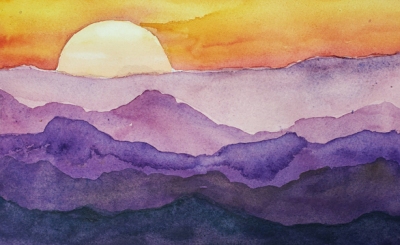
I would prefer if the top edge I painted first had more variety of shape, it’s a little too straight across and I feel it would be much more pleasing to view if it had some highs & lows. You can use deeper colors to set a different mood to your artwork. Adding the sun lead me to choosing brighter colors for this painting. I’m please with my rendition of the photo.
Thanks Rene for asking me to show you how I would paint this image. I tried to find the simplest approach and the easiest way for you to be successful when you paint this. Have fun and be sure to share your results with me.
You can follow me on YouTube at
https://www.youtube.com/c/LorraineRimmelinWaterColorArtisan
(don’t forget to subscribe to my channel & give my videos a thumbs up!)
Sign up for my newsletter to find out about my newest workshops and to receive discount codes for my online Zoom workshops.
http://www.watercolorartisan.com
Paint With Me
Lorraine

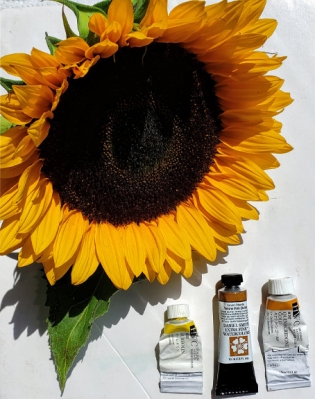
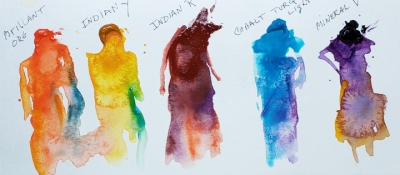
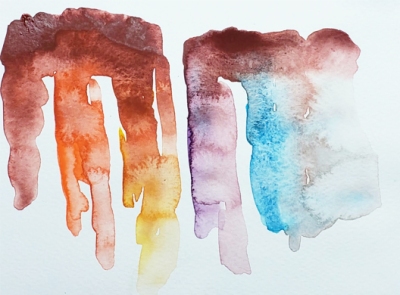
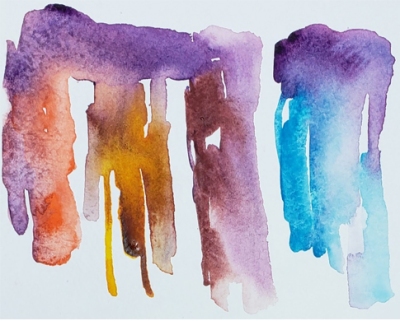
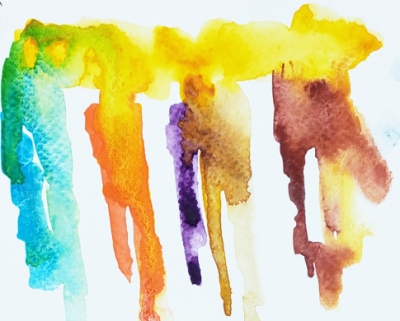
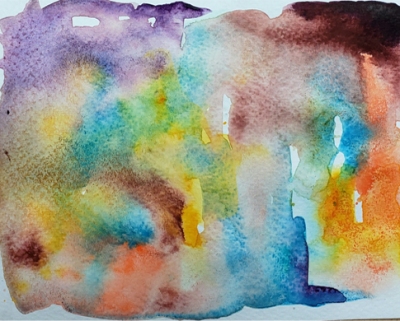
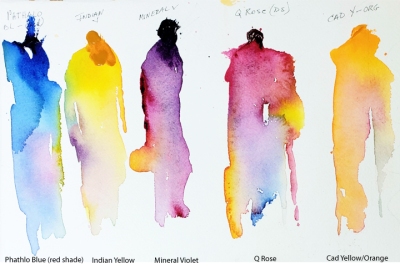
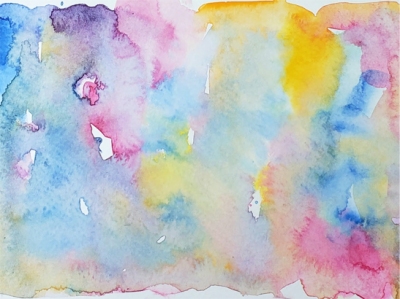
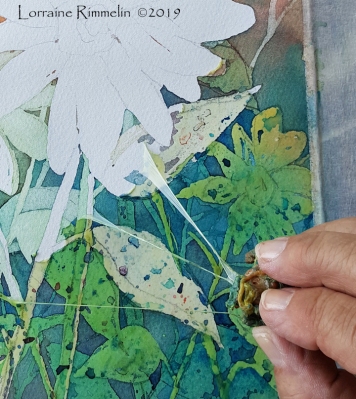

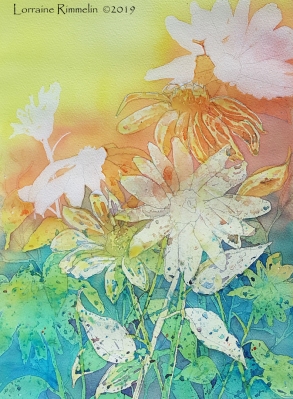

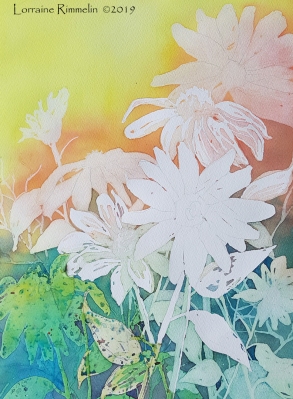
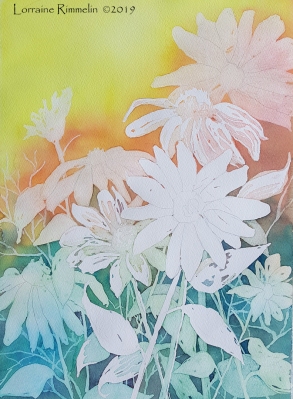
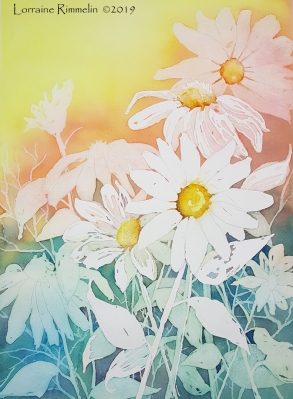
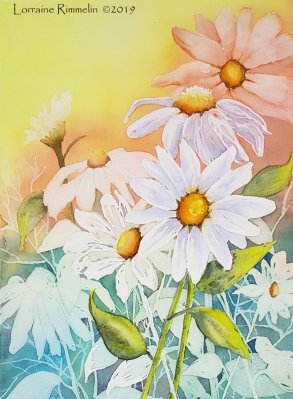
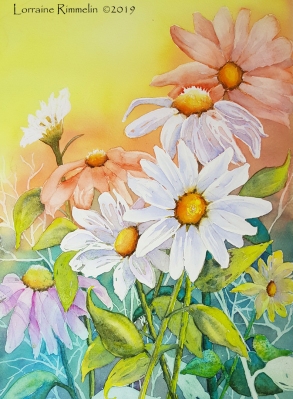

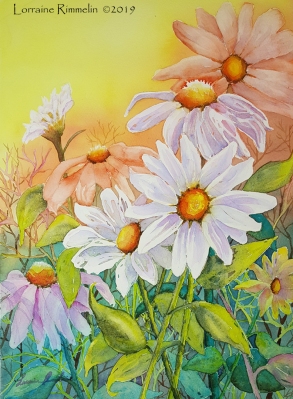
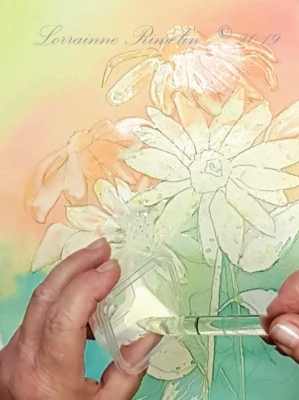
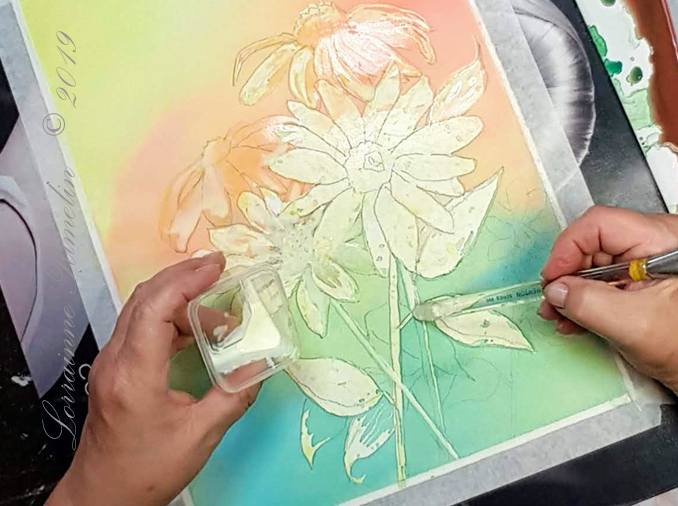
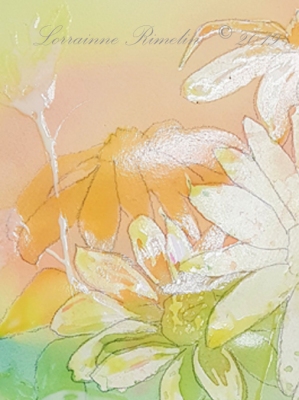

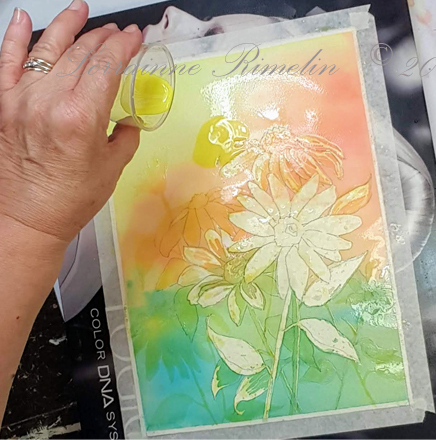
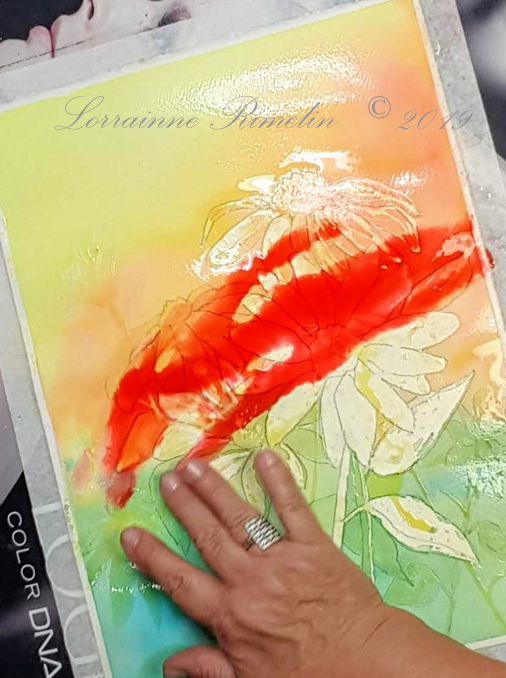


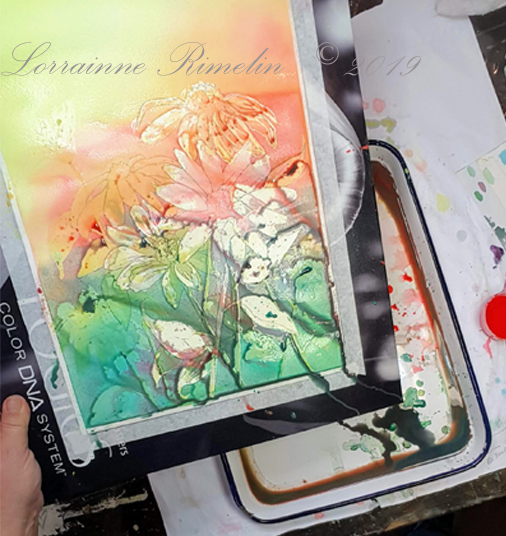
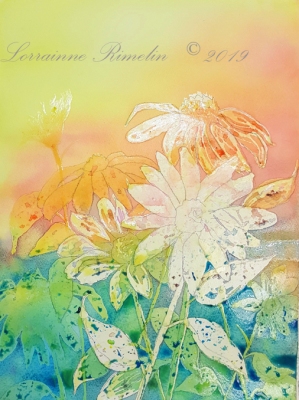
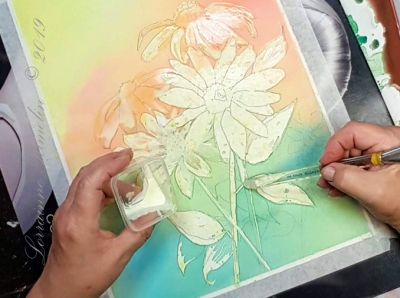
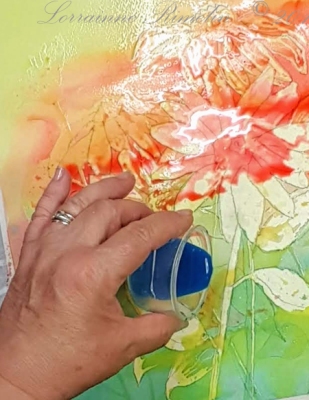
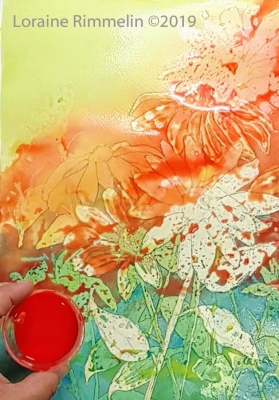
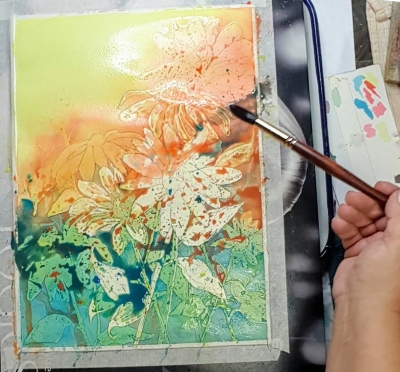
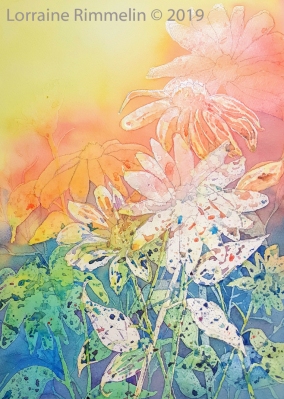
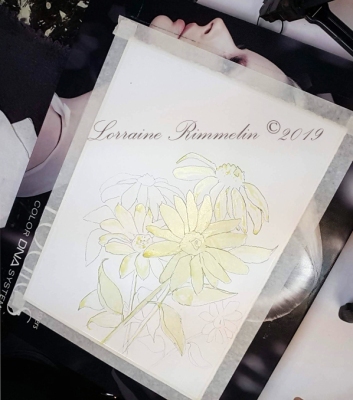
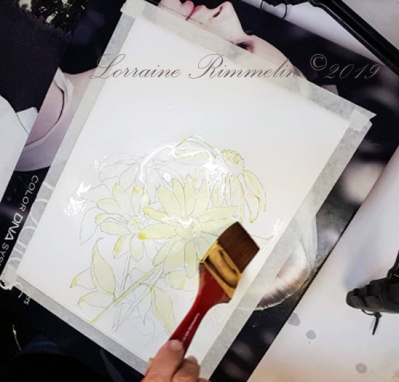
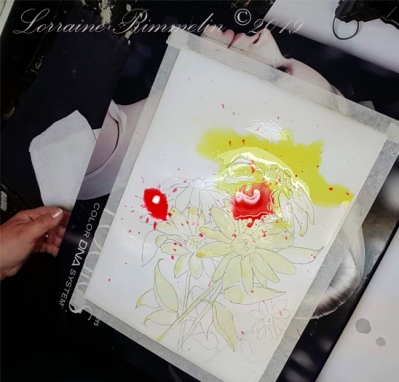
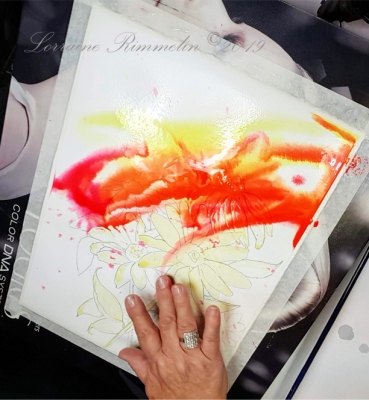
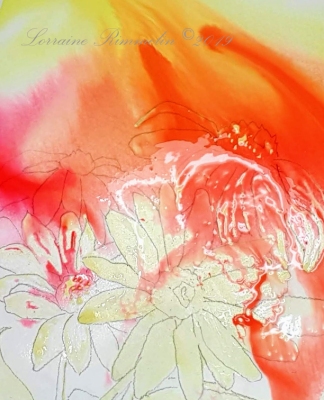
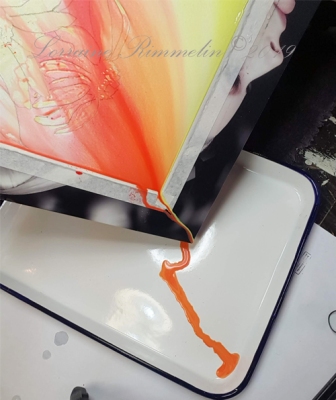

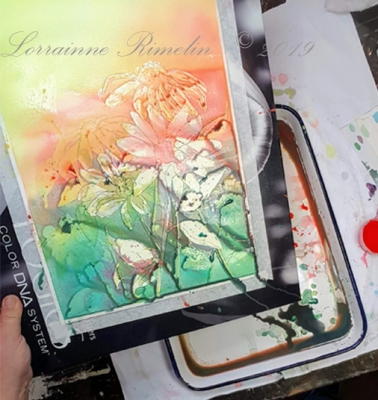
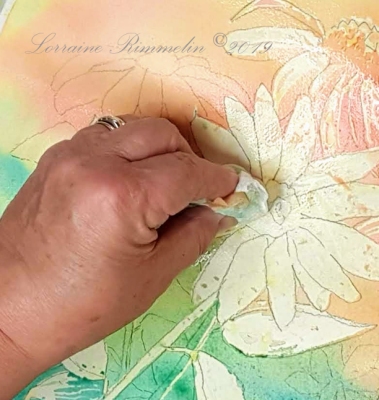
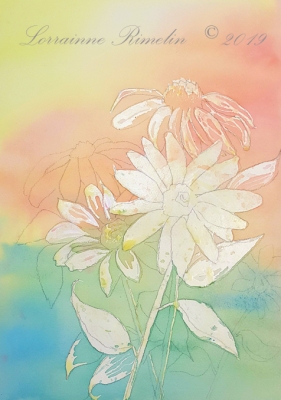
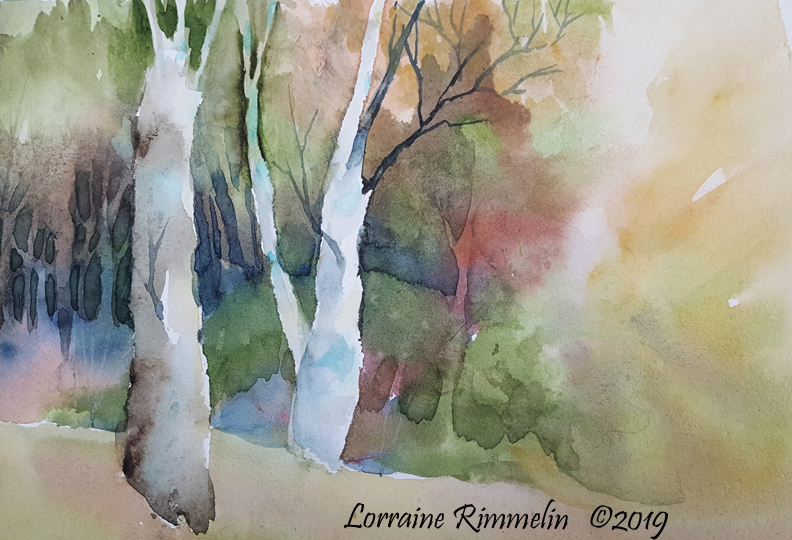 In this first image I already removed the masking tape which created the white tree shapes. Prior to removing the tape tape I painted the background. Saving the white of the trees give me the opportunity to paint a colorful background in a darker value than the trees.
In this first image I already removed the masking tape which created the white tree shapes. Prior to removing the tape tape I painted the background. Saving the white of the trees give me the opportunity to paint a colorful background in a darker value than the trees.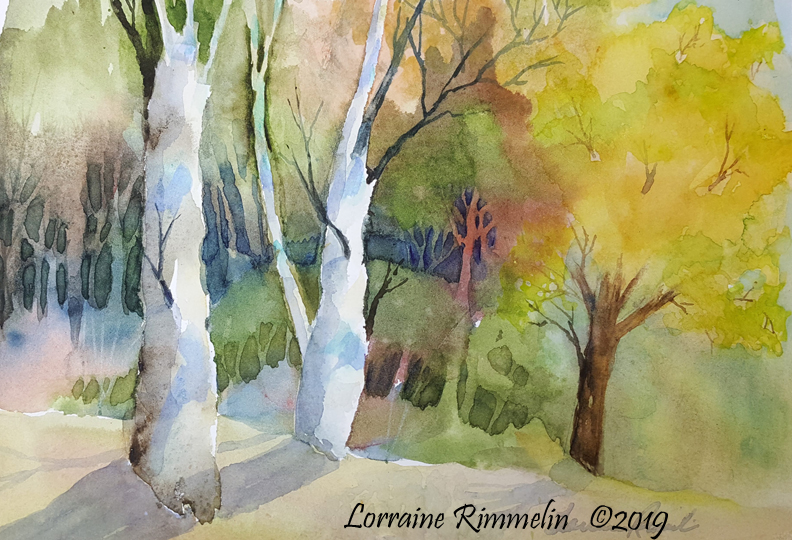


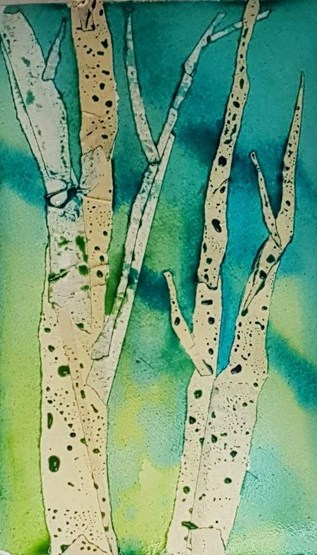
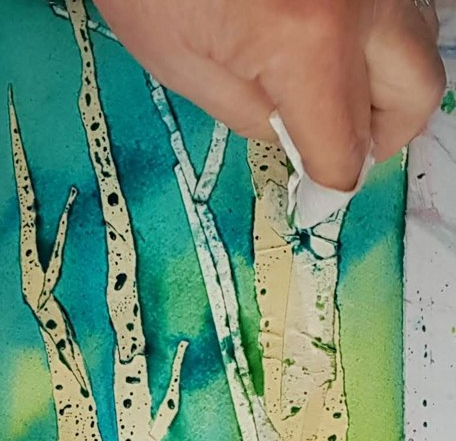




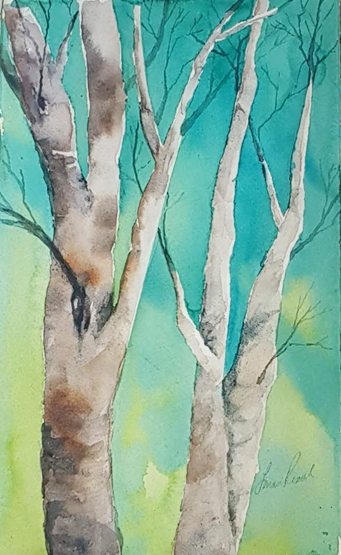





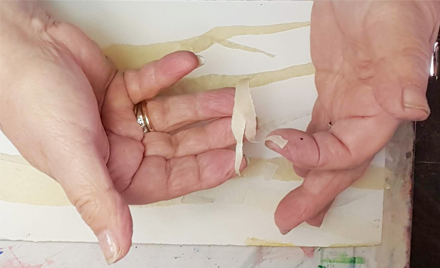
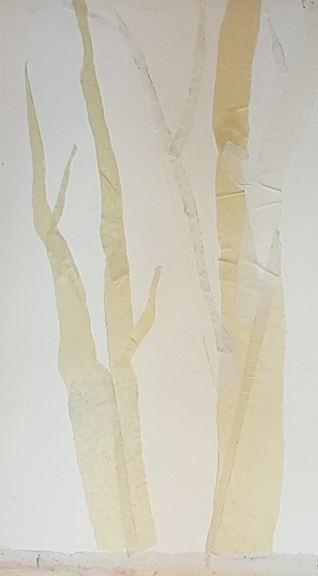
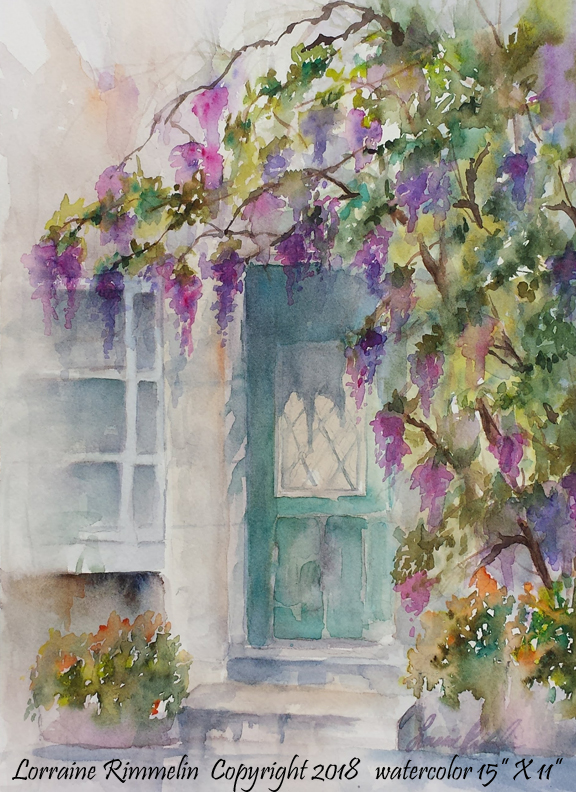

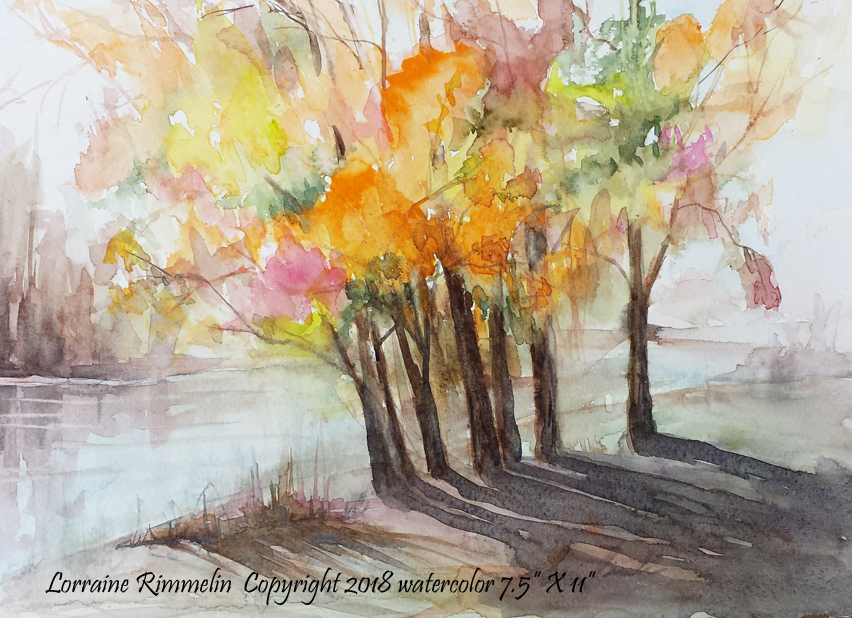
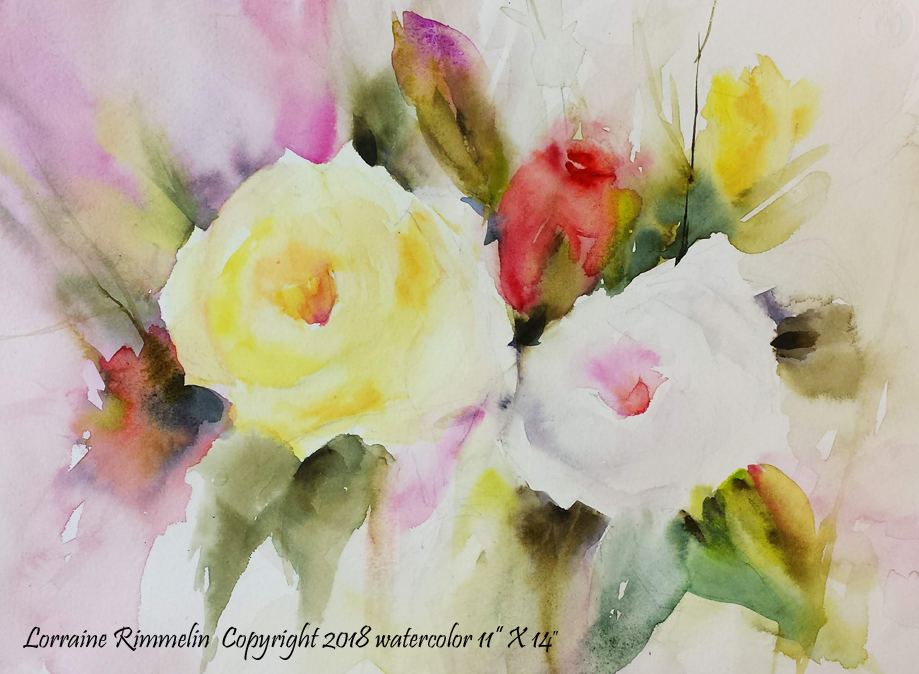
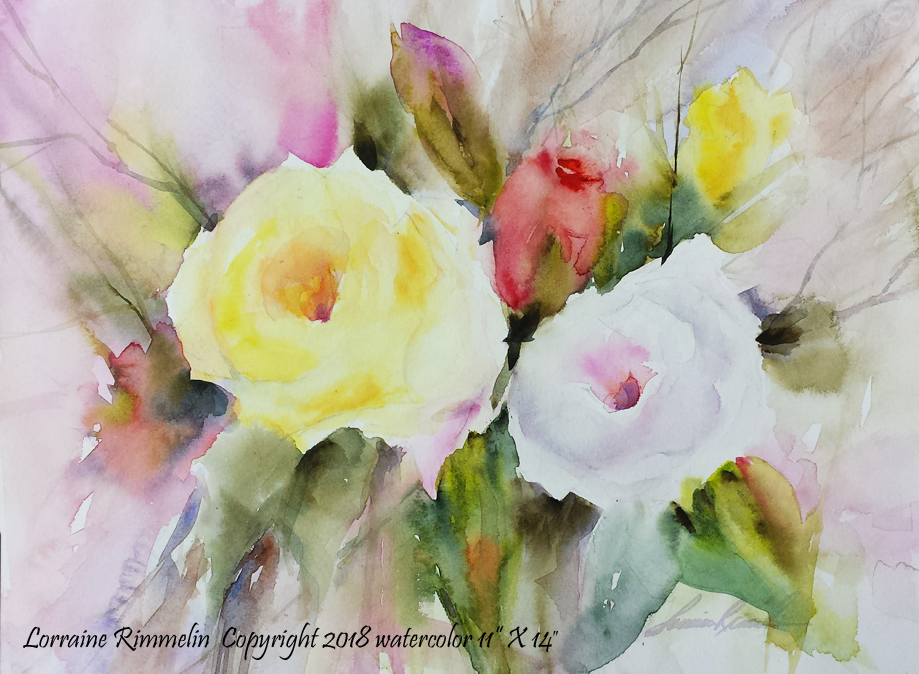
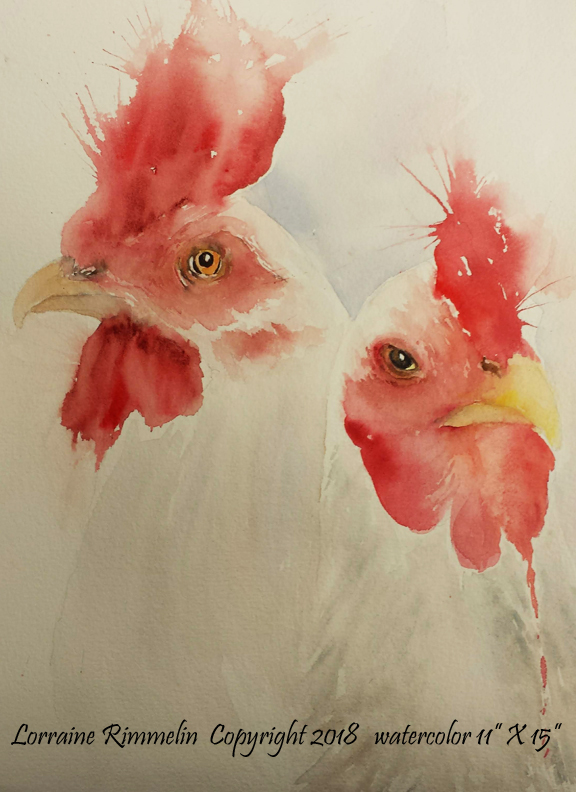
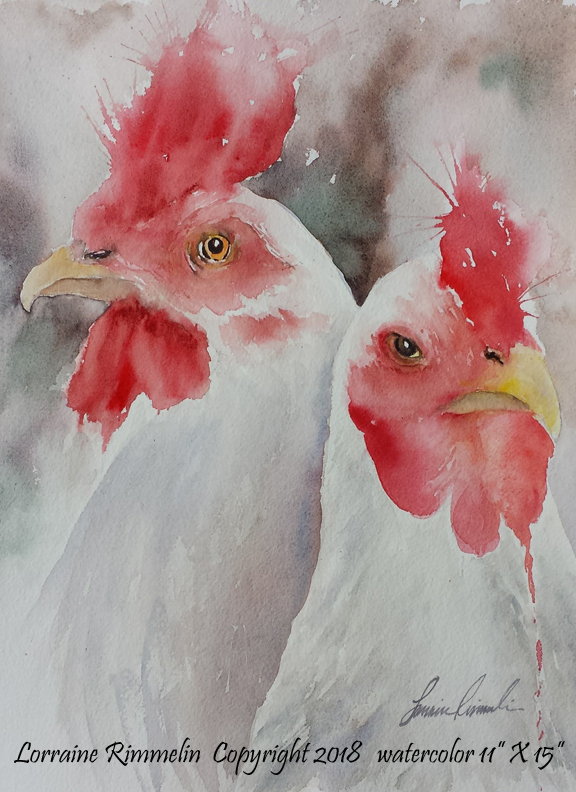

Recent Comments